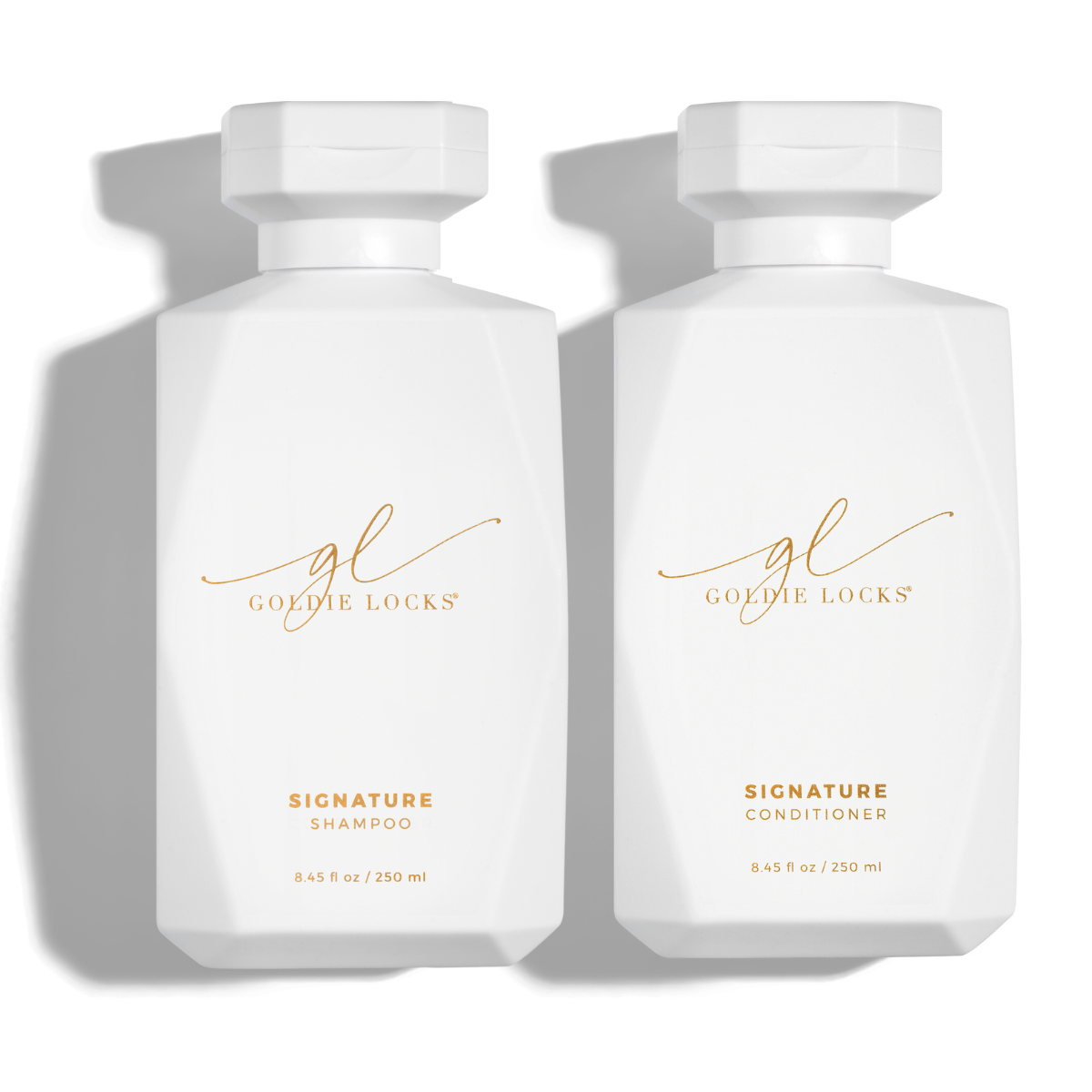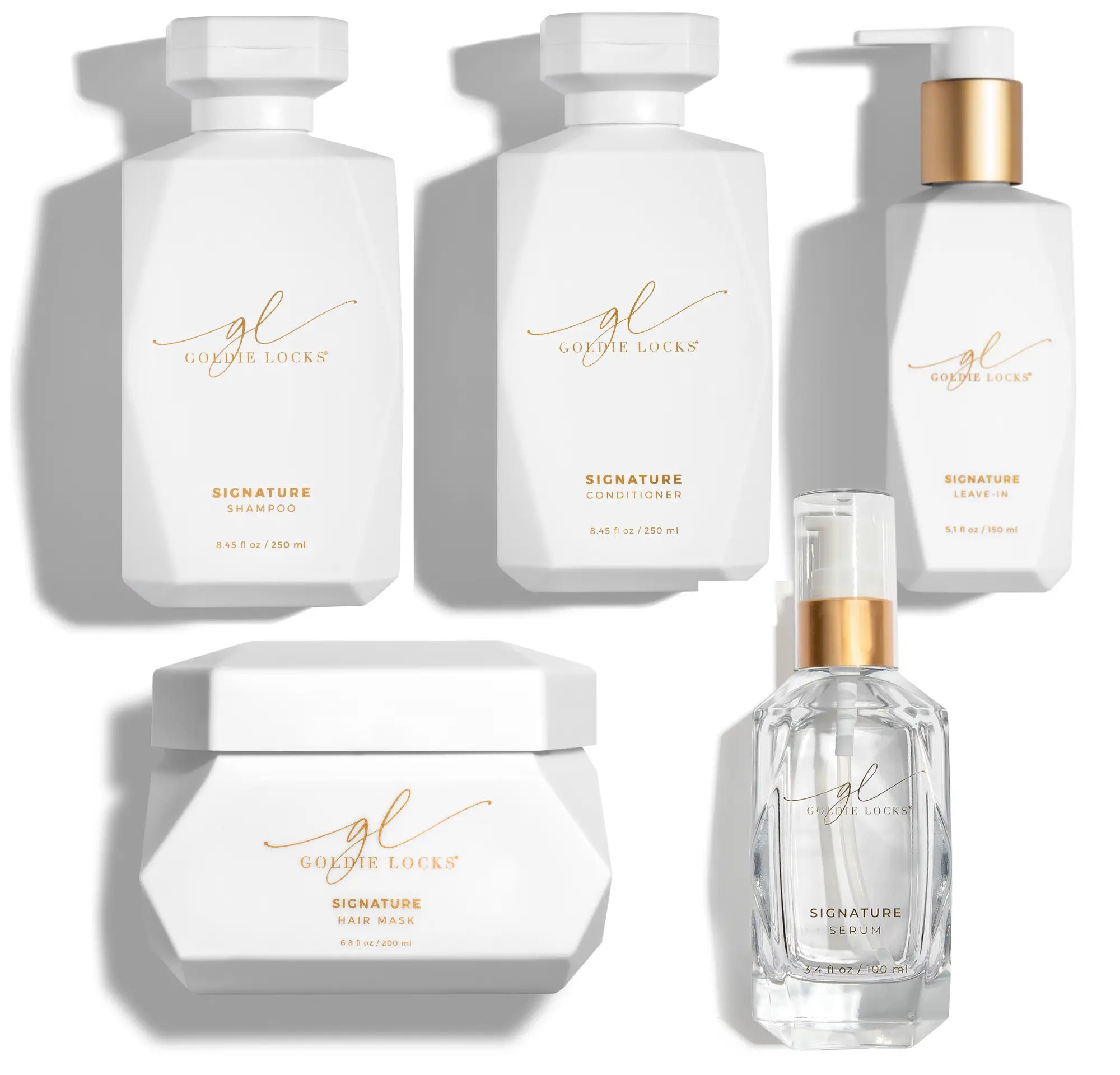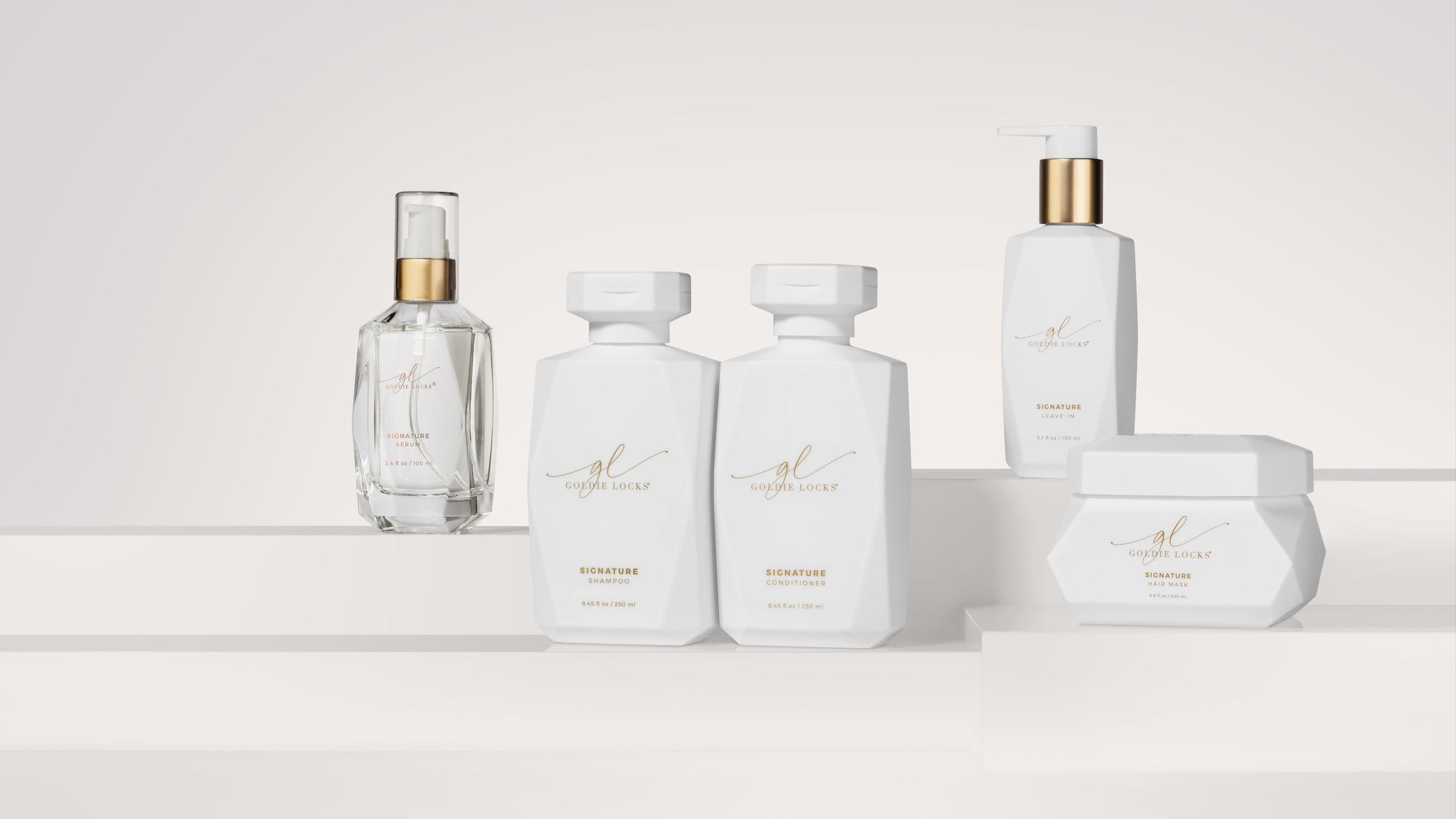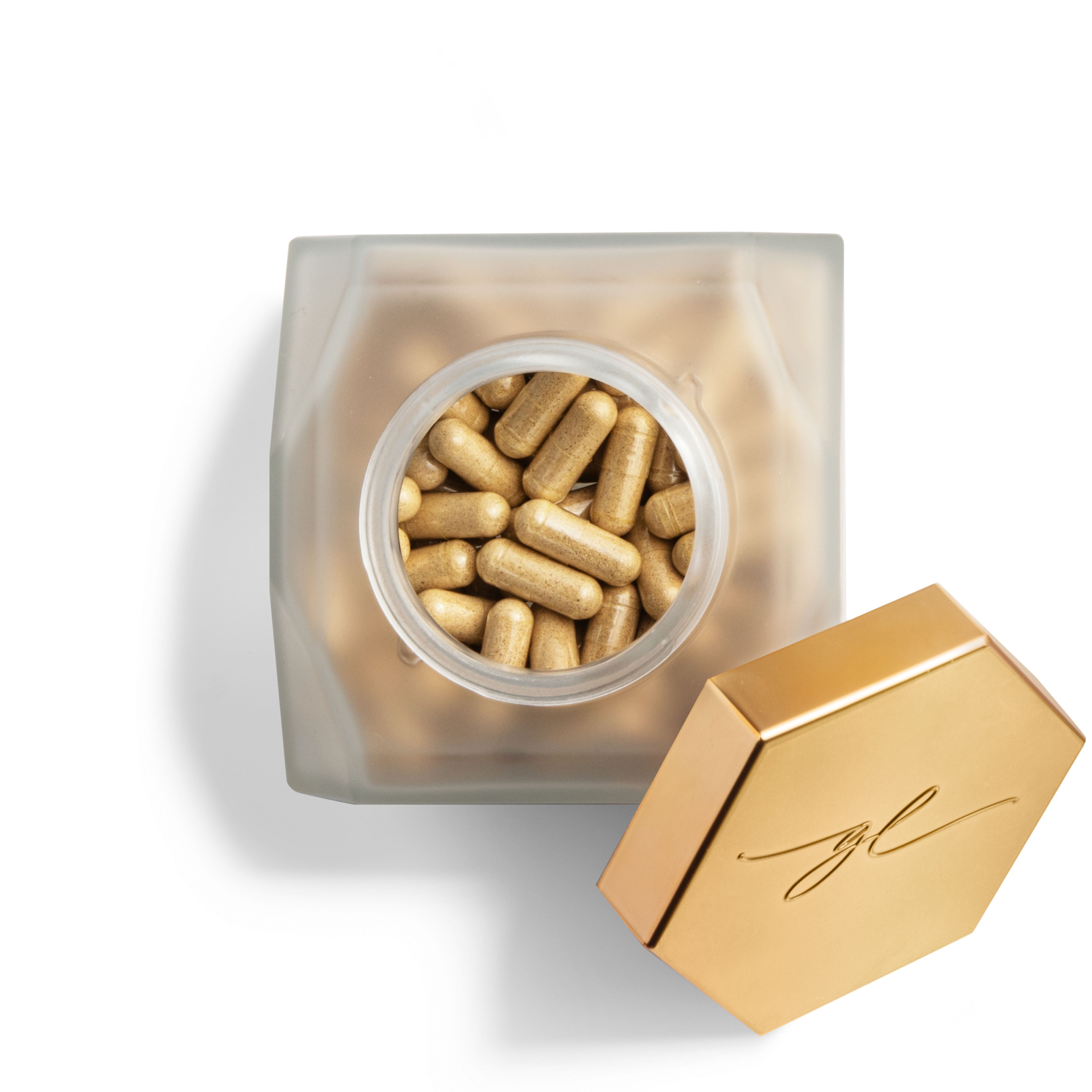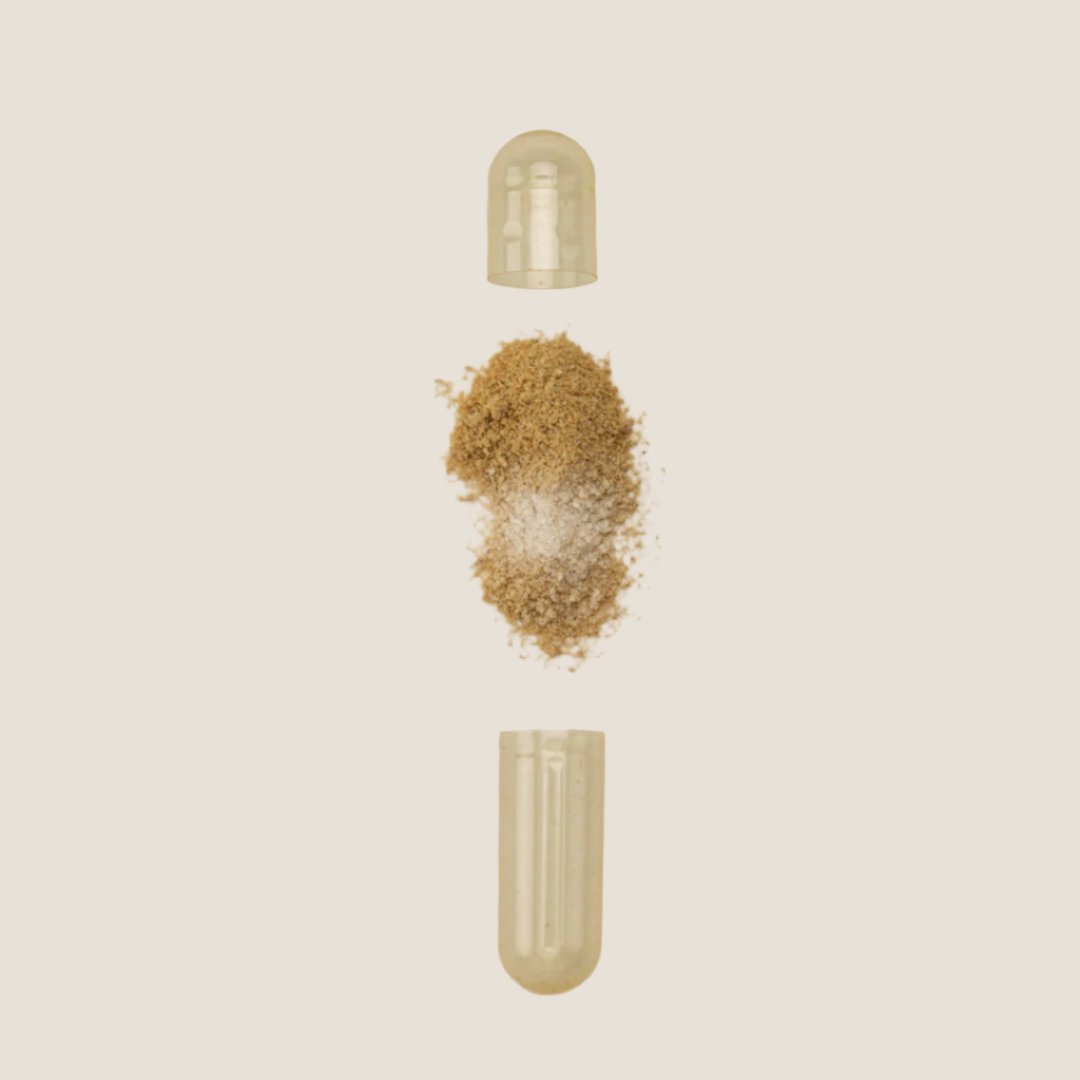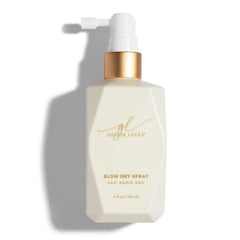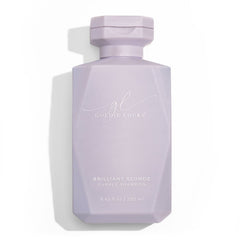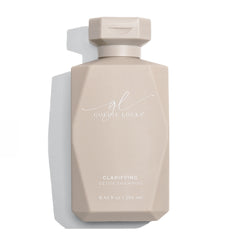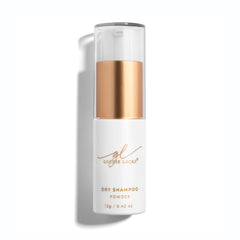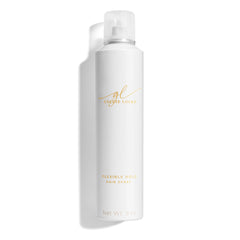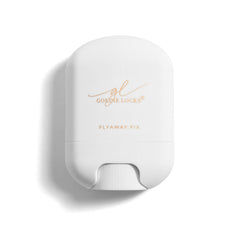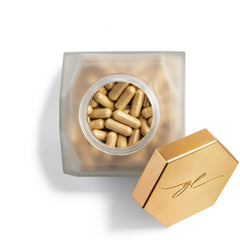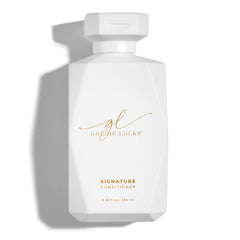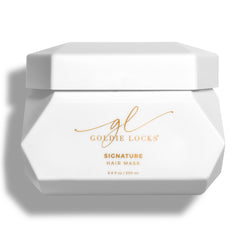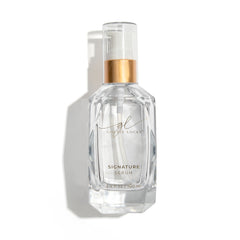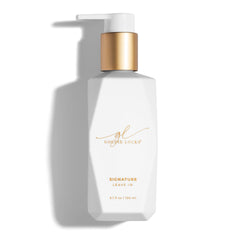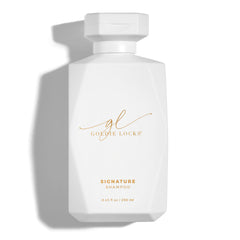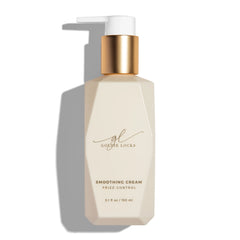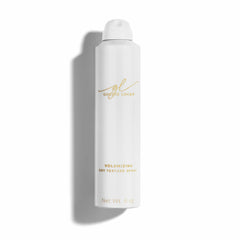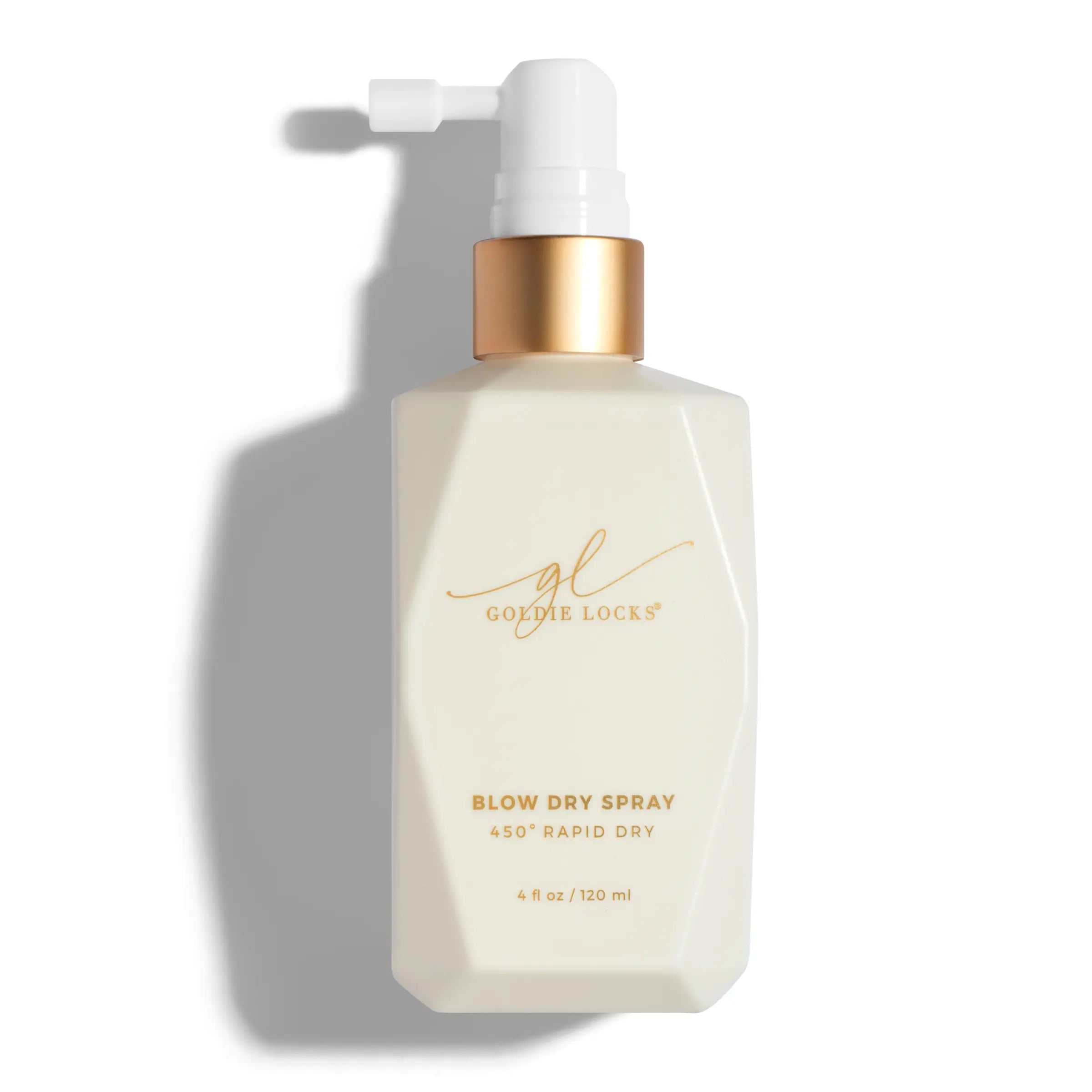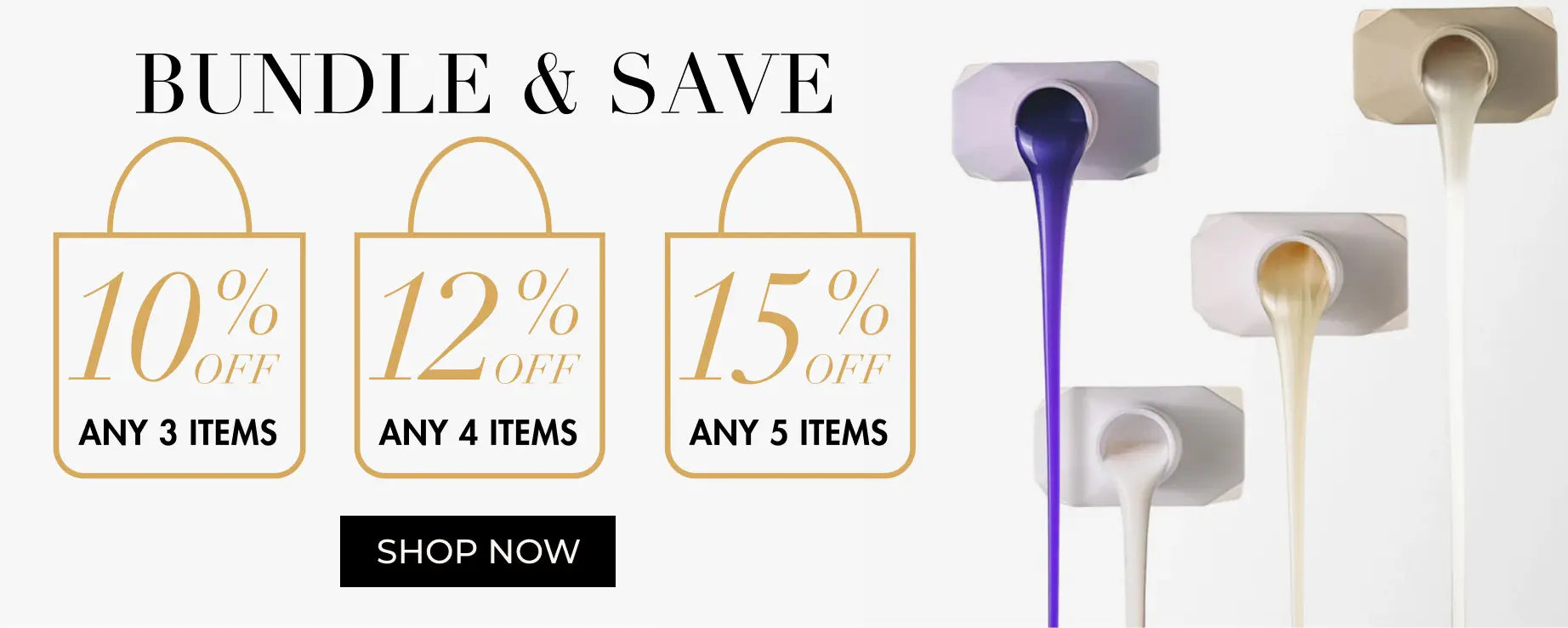I have often struggled to relate to anyone with low porosity hair simply because I have always chemically treated my hair, at least as long as I can remember. While low porosity hair requires a slight adjustment in your hair care routine it’s going to be the porosity providing more reflective shine.
What is porosity?
Porosity refers to how well your hair is able to absorb and retain moisture through the cuticle. If you have low porosity hair that means your cuticles are sealed up extremely well, as mentioned above, provides the ultimate amount of reflective shine, however it can also prevent your hair from taking in moisture and nutrients because there is no easy way in or out of the hair strand itself.
 Credit: @mathildlangevin
Credit: @mathildlangevin
Why you need to know about porosity
Healthy hair requires a steady moisture equilibrium to constantly receive and release hydration and moisture. When you are not aware of your porosity hair type you can be harming your hair more than you thought. When you know you have low porosity you will start to change your hair care routine along with the types of products you’ll want to reach for on a daily basis.
Problems of low porosity

Some issues you can experience from low porosity hair are:
- Dryness: Single strands of hair are unable to attract or retain moisture leaving your hair slowly using its own moisture supply which will cause hair to become internally weak and brittle, leading to breakage.
- Product Build Up: Your cuticle is sitting so tight that the product you are using cannot penetrate the hair leading to outer product build up.
- Styling: Low porosity hair is not able to break down and reshape as easily so those with low porosity hair may have characteristics like your hair having a harder time to hold its curl or finished style.
Here are three ways you can better serve your hair and get the most out of your low porosity hair:
1. Focus on Moisture
Your low porosity hair has trouble attracting and retaining moisture so you will want to focus on products with natural humectants that can assist in attracting water and other nutrients to the hair. Look for ingredients like glycerin, aloe vera, and agave as they tend to attract water in your environment while fending off unwanted frizz.
2. Gentle Cleansing
Low porosity hair tends to create more product build up and gets oily quicker because the hair has a hard time absorbing the natural oils and the products you are using to help style your hair. You are likely shampooing your hair more often than others so reach for a hydrating mild cleansing shampoo so you are not over cleansing and causing hair to become dehydrated.
3. Styling precautions
Your hair is a bit trickier to holding its finished style especially after the use of heat tools so you will be tempted to turn up the heat, or take another pass with the iron. To avoid causing heat damage, be sure you prep your hair with a heat defending product and one that can offer style memory to better support the end result you are going for.
Understanding your hair’s porosity is the first step to taking better care of your hair's health. Benefits of taking care of your low porosity hair can improve your moisture balance to prevent future damage and will give you styling results that better align with the effort you’re putting in with your hair tools. If you have low porosity hair remember above all else to deep condition regularly and avoid heavy sitting oils.

